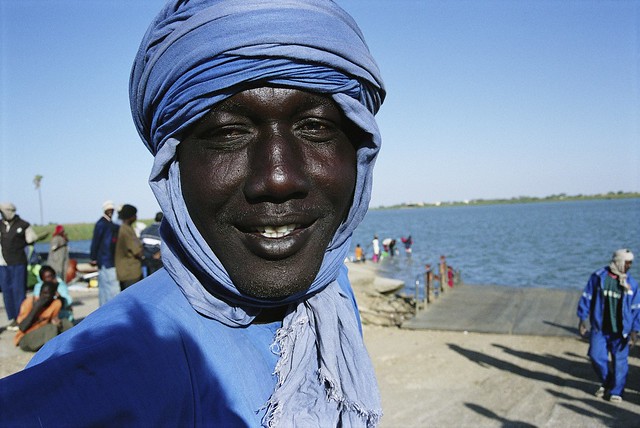About
A coastal country in West Africa, Guinea had a population of 14.53 million in 2024. Agriculture, the largest employer, provides income for 57% of rural households and employs 52% of the workforce, playing a key role in poverty reduction.
Mining is a major source of revenue and export earnings, but its growth poses environmental risks and can limit the development of non-mining sectors critical for job creation and inclusive growth. Challenges such as youth unemployment and gender inequality remain.
An integrated approach combining economic development, social inclusion, and governance reforms will be essential to diversify the economy, promote sustainable growth, and reduce poverty.
Political Context
The presidential election is scheduled for December 28, 2025, following the constitutional referendum held on September 21, 2025, which was confirmed by the constitutional court. The new text was endorsed by 89.4% voting in favor, on a turnout of 86.4% of the 6.7 million registered voters.
The constitution introduces important reforms, including the extension of the presidential term from five to seven years with a two-term limit, a bicameral Parliament with 147 deputies and 87 senators—one-third of the Senate appointed by the President and a 30% gender quota for elected and leadership positions. It also establishes a dual electoral authority, the National Electoral Council for strategic oversight and the National Electoral Directorate for technical operations and modernizes the electoral framework through updated voter registration, candidacy regulations, proxy voting rules, and local authority involvement. The constitution and an electoral Code were promulgated by the President on September 27,2025.
Economy
After dipping slightly to 5.4% in 2024 (2.9 % per capita), growth is projected to accelerate to 7.5% in 2025, reflecting broad-based sectoral improvements. Mining remains robust: bauxite export volumes surged by 31% y/y in 2025H1 as new companies commenced production. Non-mining growth also accelerated, supported by higher public investment and spillovers from the 2025 revaluation of the public servants’ wage index.
Inflation eased to 2.5% in Jan–Apr 2025, from 5.1% in 2024, led by slowing transport and food inflation. The increase in real GDP per capita, combined with lower food inflation, is expected to reduce the poverty rate (<US$4.20 per day, 2021 PPP) to 23.5% in 2025 (from 28.4% in 2024).
Despite a significant increase in revenues, the budget deficit is set to narrow only slightly to 4.6% of GDP in 2025 (from 4.8% in 2024) as capital spending and public consumption increase, slightly raising the debt to an estimated 44.2% of GDP in 2025.
Growth is projected to accelerate to an average of 10.4% in 2026–27, led by mining, which is expected to expand by an average of 24.5% annually as iron ore exports start in 2026. Non‑mining growth is forecast to slightly increase from 5.6% in 2025 to an average of 5.8% in 2026–27, sustained by consumption and public investment.
Inflation is forecast to stay moderate, at 3% in 2026–27. The fiscal deficit is projected to remain nearly unchanged, averaging 4.5% of GDP in 2026–27, while the debt-to-GDP ratio averages 44.3%.
Downside risks include uncertainty in the timing of the political transition that could spark social instability and delay reforms; worsening financial-sector liquidity that could curb non-mining growth; adverse weather disrupting infrastructure and production; and adverse shocks from global trade, demand, and commodity prices. On the upside, faster reform implementation could accelerate growth.
Last Updated: Oct 08, 2025







